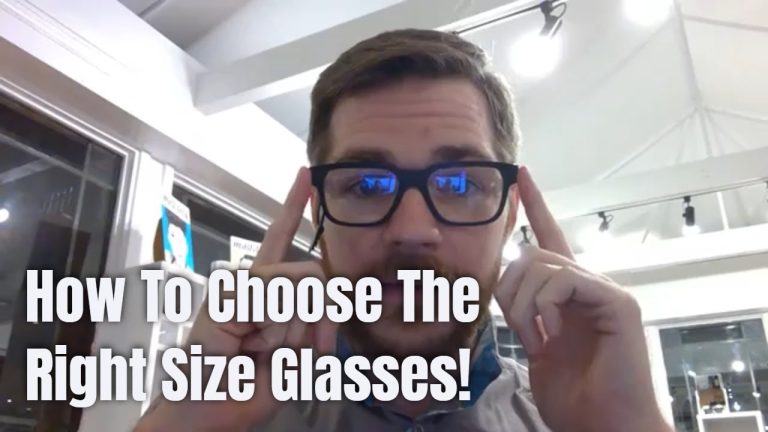Hoya Vision’s Guide to Choosing the Right Lens Material for Prescription Tactical Sunglasses with Occupational Bifocals
If you work in a tactical or industrial environment, you know the importance of having proper eye protection. Not only do you need glasses that protect your eyes from UV rays, debris, and impact, but you also need prescription glasses that correct any vision impairments you may have. That’s where Hoya Vision comes in. They offer prescription tactical sunglasses with occupational bifocals that are designed to meet the unique needs of people in these types of environments.
Why Lens Material Matters
Choosing the right lens material for your prescription tactical sunglasses is crucial. The wrong material can make your glasses heavy, uncomfortable, and prone to scratches and shattering. Hoya Vision offers a variety of lens materials to choose from, each with its own benefits.
Polycarbonate
Polycarbonate is a popular choice for prescription tactical sunglasses because it is lightweight and impact-resistant. It also has built-in UV protection, making it a great option for those who work outdoors. However, polycarbonate can scratch easily, so it’s important to choose a lens with a scratch-resistant coating.
Trivex
Trivex is a relatively new lens material that is gaining popularity in the eyewear industry. It is similar to polycarbonate in that it is lightweight and impact-resistant, but it also has superior optical clarity. This makes it an excellent choice for prescription glasses that require high visual acuity.
High-Index Plastic
High-index plastic lenses are great for people with high prescriptions. They are thinner and lighter than traditional plastic lenses, making them more comfortable to wear. However, they are not as impact-resistant as polycarbonate or Trivex, so they may not be the best choice for tactical environments.
Consider Occupational Bifocals
If you need prescription glasses for work, you may also want to consider occupational bifocals. These lenses are designed for people who have to switch between near and far distances frequently throughout the day. They can be customized to your specific needs, making them a great option for people in tactical or industrial environments.
In Conclusion
Choosing the right lens material for your prescription tactical sunglasses with occupational bifocals is crucial for both comfort and protection. Hoya Vision offers a variety of materials to choose from, each with its own advantages. Consider your needs and job requirements before making your decision.
- Polycarbonate is a lightweight and impact-resistant lens material with built-in UV protection
- Trivex offers superior optical clarity and is great for high visual acuity prescriptions
- High-index plastic is thinner and lighter than traditional plastic lenses, making them more comfortable for people with high prescriptions
- Occupational bifocals are customizable lenses designed for people who have to switch between near and far distances frequently throughout the day
Contents
Most wanted in Hoya Vision:
What are prism eyeglass lenses?
Hoya Lens Engravings
What brand lenses does Costco use?
Do tinted glasses help with migraines?
What does +0.25 mean on an eye test?
Hoya Identification Chart
Should eyeglasses cover eyebrows?
Does hyperopia worsen with age?
What LED light is best for broken capillaries?
What is the difference between Ray Ban RB and Rx?
















